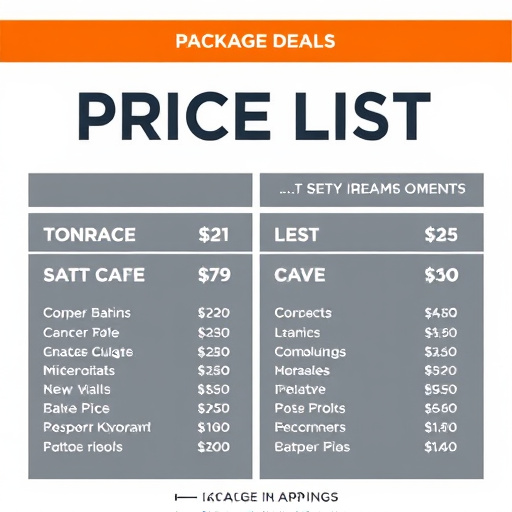Regular Cold Air Intake (CAI) maintenance is key to keeping your engine running smoothly. Clogged or dirty intakes restrict airflow, impacting performance and fuel economy. Simple steps include frequent visual checks, using compressed air or soft brushes for light debris removal, and investing in a dedicated CAI cleaning kit. Always refer to your vehicle's manual for specific guidance. Proper maintenance prevents airflow issues, ensures engine efficiency, and avoids potential damage from a compromised intake system.
Performance enthusiasts know that maintaining your vehicle’s engine is key to optimal speed and fuel efficiency. One often overlooked component crucial to this process is the cold air intake (CAI) system. This article delves into the functionality of CAI systems, provides practical maintenance tips for enhanced performance through cleaning, and guides you on recognizing when it’s time for a replacement. By following these cold air intake maintenance tips, you can ensure your vehicle’s engine breathes cleaner, cooler air, leading to improved overall performance.
- Understanding Cold Air Intake Systems and Their Functionality
- Practical Cleaning and Maintenance Tips for Optimal Performance
- When to Replace: Recognizing Signs of Wear and Tear
Understanding Cold Air Intake Systems and Their Functionality

Cold Air Intake (CAI) systems are a popular modification among car enthusiasts, designed to improve engine performance and efficiency. By allowing cooler air to enter the engine, these systems enhance combustion, resulting in increased horsepower and torque. Understanding how CAIs work is essential for maintaining their optimal performance and ensuring your vehicle runs smoothly.
Regular cleaning and maintenance of your cold air intake system are crucial steps. Dust, dirt, and debris can accumulate over time, restricting airflow and reducing the system’s efficiency. Follow these simple tips: first, disconnect the intake from the engine to access the internal components. Then, use compressed air or a soft brush to remove any buildup carefully. Ensure you wear protective gear, as some residue may be harsh on the skin. Finally, consider using a dedicated CAI cleaning kit for more thorough and effective results, keeping your vehicle’s breathing system in top shape.
Practical Cleaning and Maintenance Tips for Optimal Performance

Regular cleaning and maintenance are essential for keeping your vehicle running at peak performance, especially when it comes to the cold air intake (CAI). A dirty or clogged CAI can significantly impact engine efficiency, as it restricts the flow of cool, clean air into the engine. This can lead to reduced power output, poor fuel economy, and even damage to your engine over time.
To maintain optimal performance, follow these practical tips: start by regularly inspecting your CAI for any debris or dirt buildup. Use a high-pressure air compressor to blow out any visible grime. For more thorough cleaning, use a dedicated CAI cleaning kit, which often includes brushes and specialized solutions designed to dissolve grease and other contaminants. Remember to always refer to your vehicle’s manual for specific maintenance guidelines, as different models may have unique requirements.
When to Replace: Recognizing Signs of Wear and Tear

Regularly assessing your vehicle’s performance is key to maintaining optimal efficiency, and one crucial aspect is knowing when to replace certain components. Cold air intake (CAI) systems, for instance, can become a source of concern over time due to wear and tear. Look out for signs such as cracks or damage in the intake housing, which could indicate a need for replacement. Accumulation of dirt, debris, or mold is another indicator; a dirty CAI restricts airflow, impacting engine performance.
Proper maintenance includes periodic cleaning to ensure peak functionality. Follow cold air intake maintenance tips that include regular visual inspections and, when necessary, deep cleaning using recommended products. By addressing these issues promptly, you can prevent more severe problems and keep your vehicle running smoothly.
Regular performance maintenance, including understanding your car’s cold air intake system, practicing effective cleaning and maintenance tips, and knowing when to replace worn-out components, is key to ensuring optimal engine performance. By implementing these simple yet crucial steps, you can keep your vehicle running smoothly and efficiently, enhancing overall driving experience. Remember, proper care of your cold air intake system is an investment in your car’s longevity and power.














